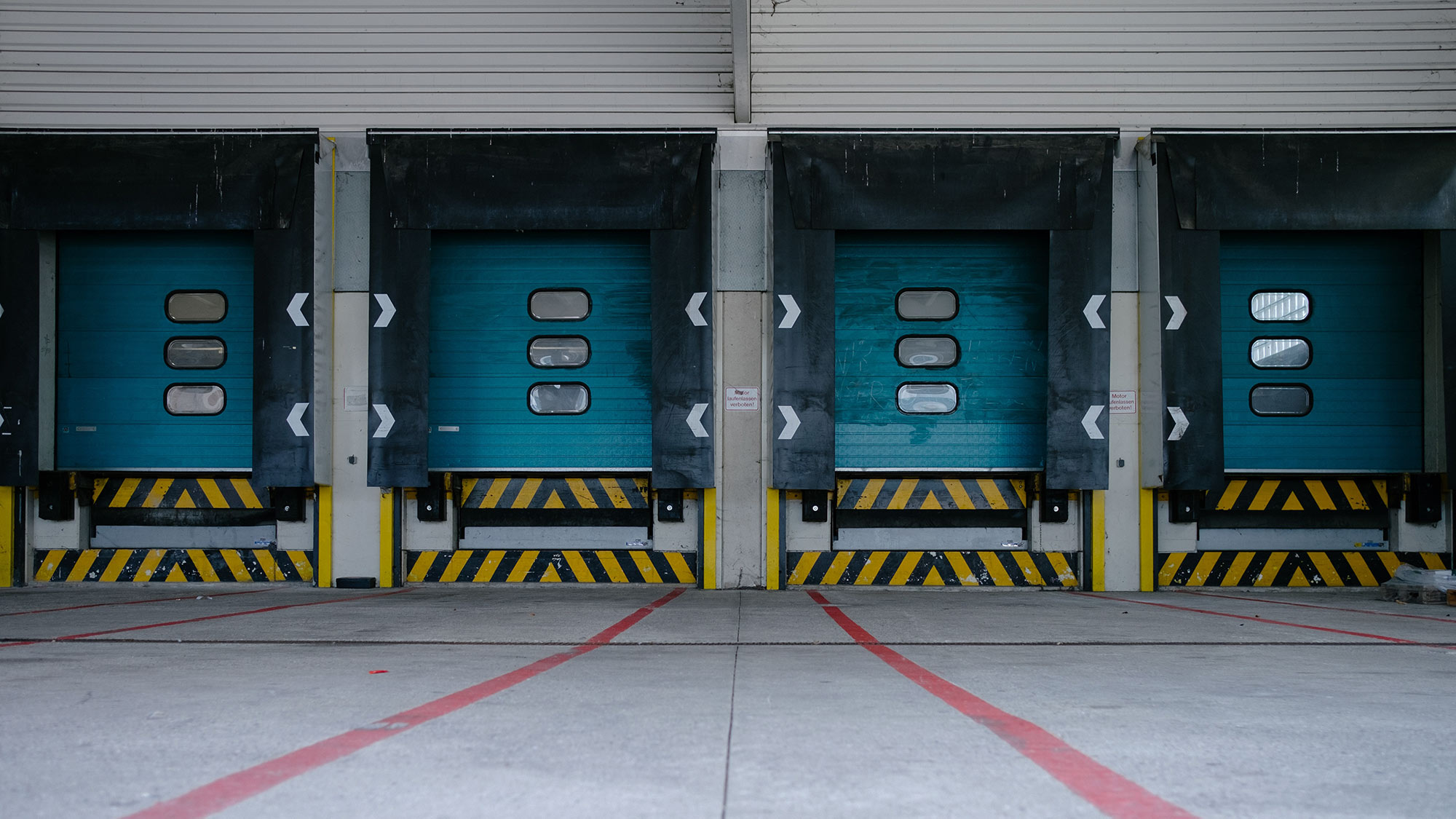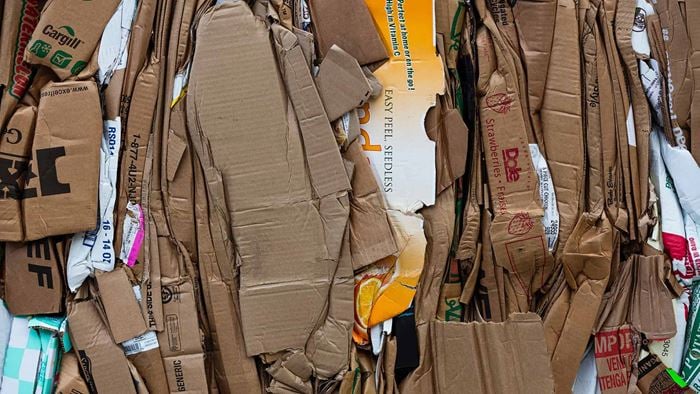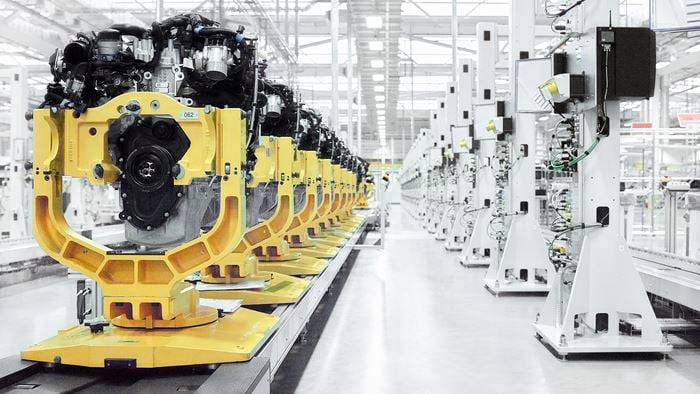Logistics design can be a harbinger of change in the built environment. Recent trends in logistics consulting — the strategic design and management of supply chain operations, manufacturing processes, and goods transportation — signal the shifting landscape underway in laboratory, corporate campus, and higher-education design as businesses examine their spaces, staffing, and operations.
With an already burgeoning movement toward adaptability and automation, the current pandemic has placed a new emphasis on how goods are delivered, how facilities are organized, and how organizations can put the right people and systems in place to keep operations moving safely, now and in the future.
We recently spoke to members of Arup’s San Francisco–based logistics team, consultants Alexandra Cava and Sirisha Varigonda, and Associate Principal and logistics leader Melody Ablola, about the changing landscape of logistics design and how organizations across industries can build in future resilience.
Pre-pandemic, what trends had recently emerged in logistics design?
Alexandra Cava: For many research and development facilities, we’ve seen a move away from traditional lab or workspace setups in favor of more creative, flexible spaces. That often means having an open floor plan or a large floor plate to account for that adaptability.
For instance, one of our manufacturing clients asked us to design an open floor plan without any permanent equipment installations. As they move through different stages of production, their space and equipment need to be able to change with them on a day-to-day basis. Plus, building in that flexibility allows room for future automation opportunities.
Image courtesy of Steve Proehl
Sirisha Varigonda: What stands out most prominently to me is an increased attention to efficiency and safety. Four years ago, when I was first working on the University of California, Merced, campus expansion project, we designed a shared loading dock that connected to a dining hall, several academic buildings, and a lab. Our aim was to design the circulation of the loading dock as efficiently as possible, specifically separating deliveries and waste to avoid cross circulation and potential contamination. We created a design that has separate facilities with separate circulation corridors, so that deliveries and waste can be handled efficiently with a high threshold for safety. Since working on that project, we’ve seen similar design ideas crop up on industrial lab projects with similar concerns.
What environments or scenarios are best suited for automation?
Melody Ablola: It depends on the different types of R&D facilities that we're looking at. Sometimes for tech environments, their research and development processes involve a larger supply chain, moving a lot of inbound and outbound products. So they might want to automate their back of house to support their larger R&D efforts.
Sirisha: We’ve also found a lot of angles for automation on masterplanning projects where there are different buildings for different uses within the masterplan district. Whether there's a shared loading dock or even just a shared storage facility, we can tie these elements together across the masterplan with automation.
What has changed in logistics design within the context of the pandemic?
Alexandra: Many of our clients, especially those working on product development, are realizing the importance of developing operational resilience strategies. And that ties back to designing for flexibility.
We’re currently working with another tech client on a huge manufacturing floor plate, which we’ve designed so that they can change out production lines for different pieces of equipment in order to meet changing demands. That’s certainly not something they were focusing on a year ago. Having a plan to be able to adapt as quickly as possible, in light of something like this current pandemic, is key.
Sirisha: The pandemic is shaping our present and our future — and raising a lot of new questions. How might we change a loading dock design given its less-frequent use today? How can we maintain social distancing at the dock when it’s busy? How might we change our design for a building that will be online five to ten years from now?
Again, it comes back to adaptability: adaptability in facility design, certainly, but also in vehicle scheduling and staff management. And automation comes into play here as well. We can outline dock operations so that fewer vehicles come less frequently, and we can find ways to manage staff as efficiently as possible, with the right number of people in the right places at the right time.
How has your team adapted your thinking to answer the new questions the pandemic has raised?
Sirisha: We certainly don’t have definitive answers right now — we’re all learning. But a lot of the ideas and questions we’re encountering now are concepts we already think about. Take, for instance, consolidation. Logistics practitioners are constantly thinking about vehicle flow and scheduling and how we can optimize deliveries. So the idea of consolidating several vehicles and the goods they deliver (mail and catering services, for example) at an offsite facility to then send fewer vehicles in for final deliveries is the type of design solution we’ve already considered and implemented.
Melody: To Sirisha’s earlier point, we’re also working through visioning strategies to discuss all the possibilities of how we might be working 10 years from now. Designing for the campus of the future will likely mean a less populated campus — it’s our role to figure out what that would look like operationally.
What do you consider the blue-sky potential of logistics design?
Alexandra: There’s really no overstating the impact automation can have. With automated material handling equipment or robots able to deliver goods from the loading dock to their destination, you can reduce the amount of touch points within a lab or a manufacturing facility, which is more important now than ever.
Sirisha: I think logistics has a huge role to play as we move towards this idea of a circular economy — encouraging the use of reusable materials and diverting other materials from the landfill. Right now, we’re brainstorming how we can use different types of technologies to inspire users to think critically about how they dispose of waste. We’re also evaluating the materials in use to find more durable and reusable options, all in an effort to decrease the amount of waste actually being generated.
Alexandra: Similarly, our clients are showing a keener interest in electrifying their fleets. That’s a huge step to designing more sustainable facilities. And like Sirisha said, a large part of being a logistics consultant, especially one who is future focused, is going to be about helping clients understand their materials and waste, and how they can adapt for the future in a more sustainable way.
 ;
;





